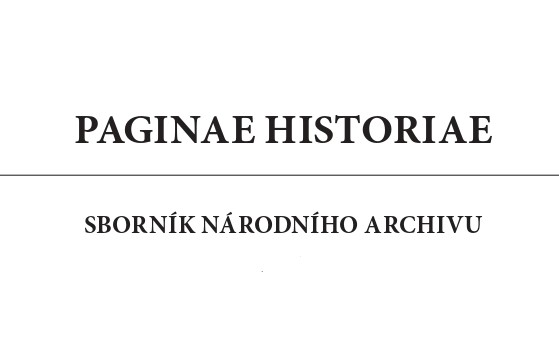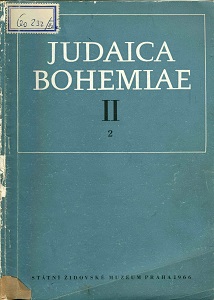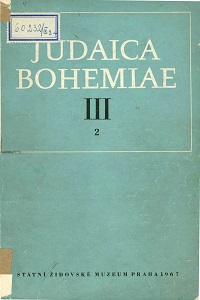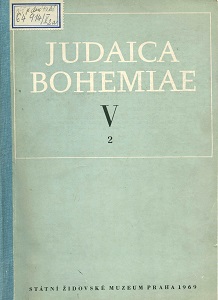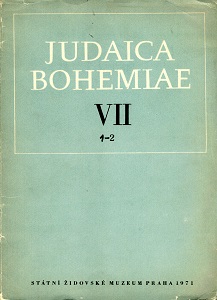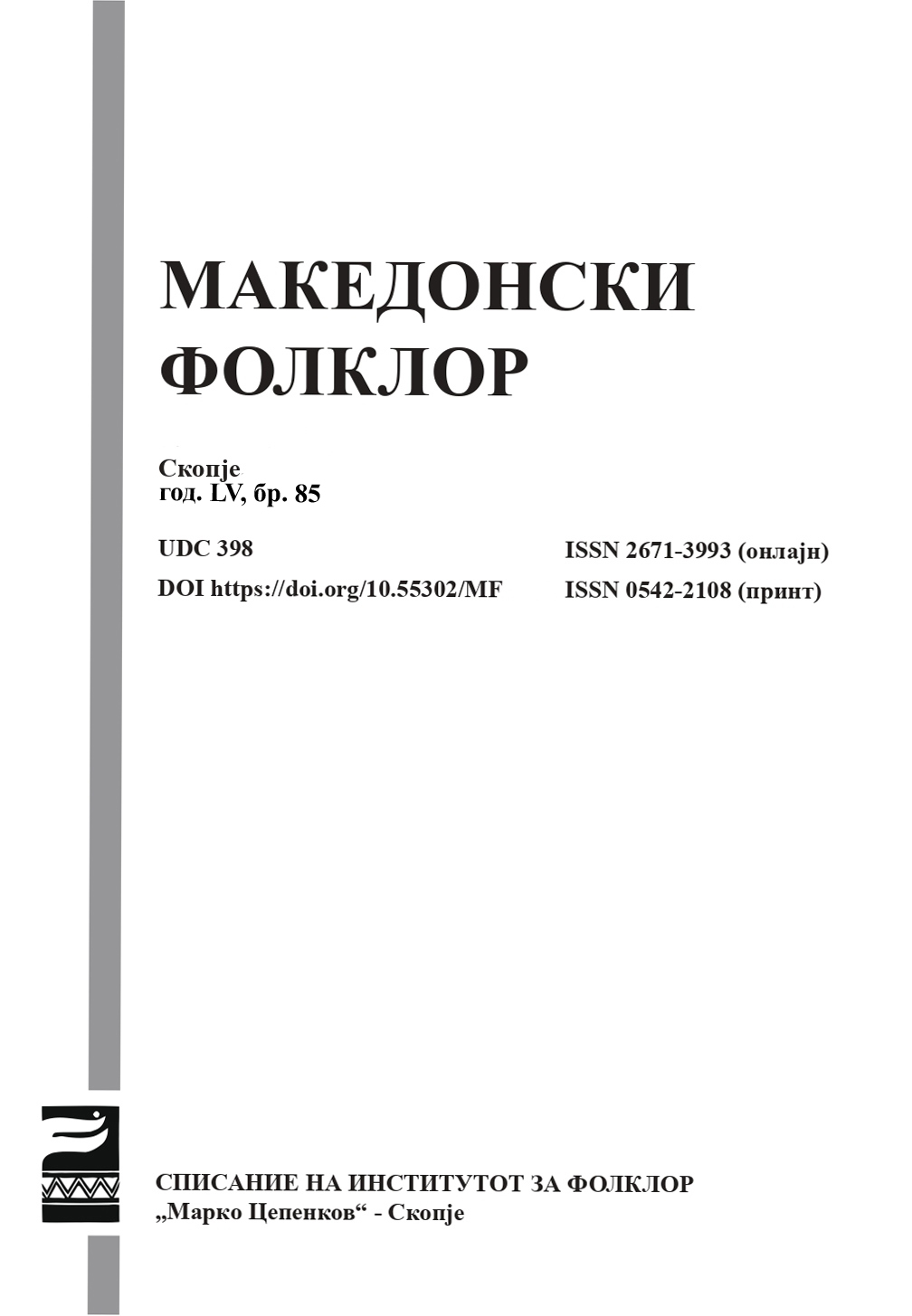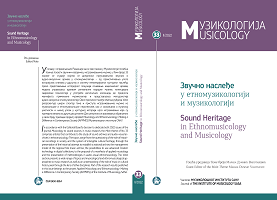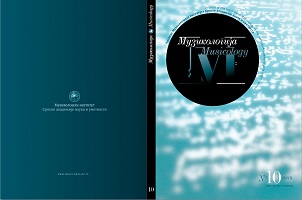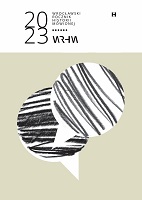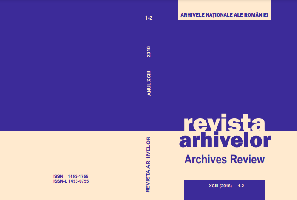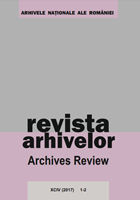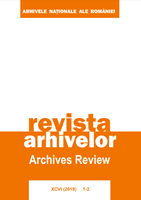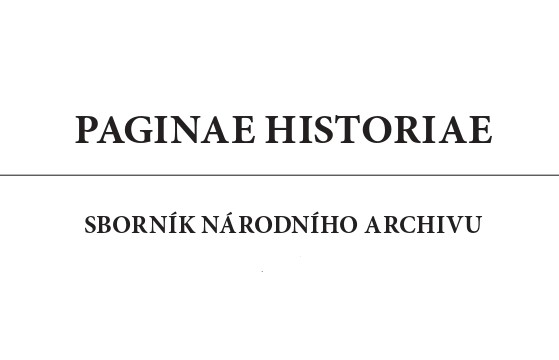
Spolupráce Národního archivu se soukromoprávními původci v oblasti předarchivní péče
Název tohoto příspěvku je záměrně uvozen slovem spolupráce. Ta je totiž pro přístup Národního archivu k soukromoprávním původcům určující. Plně vystihuje podstatu toho, na čem je naše práce s těmito původci postavena. Nejde a nemůže jít o čistě direktivní přístup státní instituce, ale o součinnost, v níž jsou obě zúčastněné strany rovnoprávnými partnery. V ideálním případě si oba partneři uvědomují společný zájem na uchování té části Národního archivního dědictví, jež vzniká působením původce či jeho předchůdce. To, že vzniká vztah spolupráce, vychází do značné míry z archivní legislativy, ale vyplývá to rovněž ze zkušeností, forem a metod práce, které vůči soukromoprávním původcům Národní archiv uplatňuje.
More...
